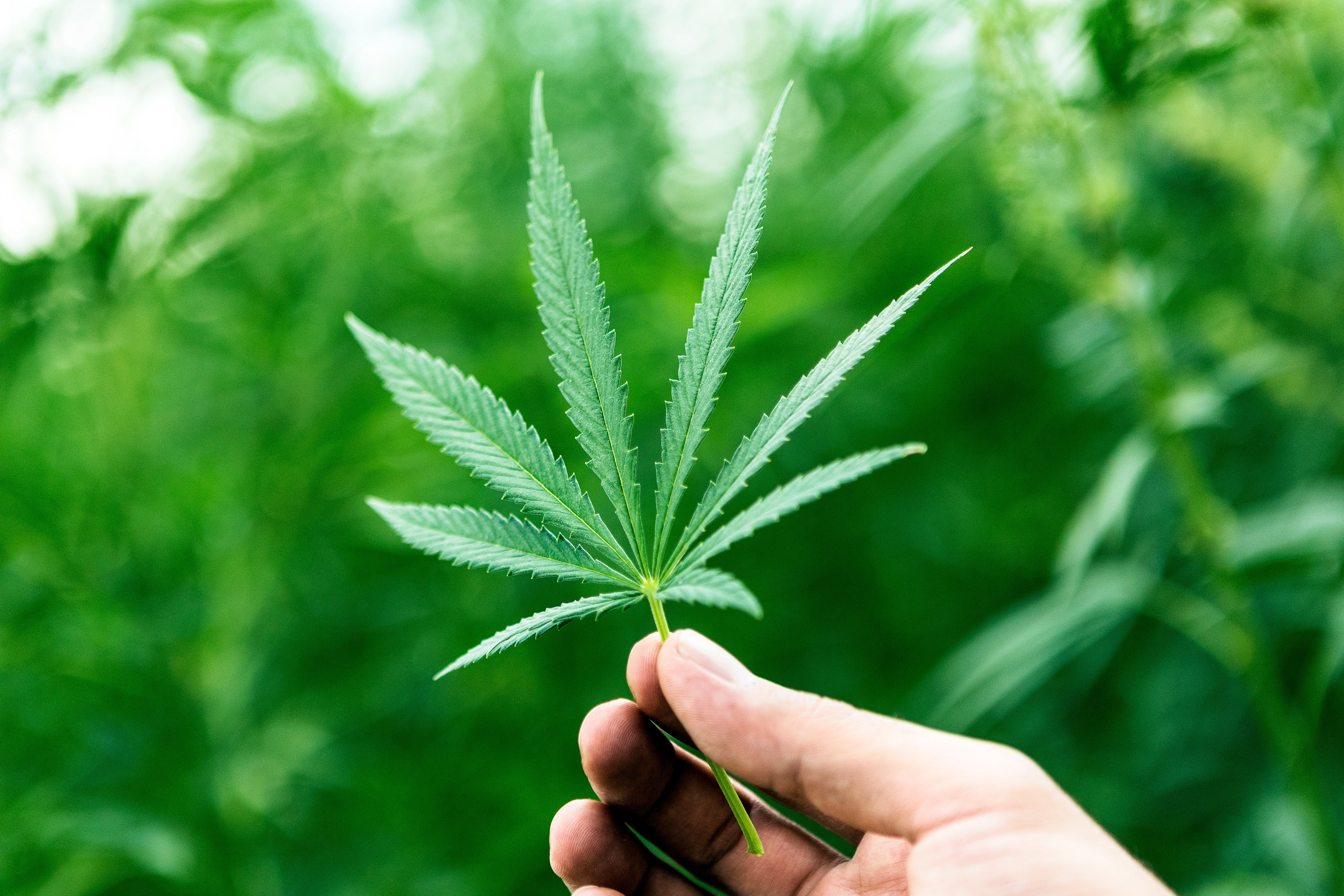
Why You Should Show Your Endocannabinoid System Some Love
by Erica Garza
Balance isn’t just something you work at between work and life or on a yoga mat — it’s also something your body is working at 24/7 thanks to your endocannabinoid system, or ECS. As one of the primary biological systems in your body, your ECS works as an internal balancing mechanism, constantly regulating bodily functions that range from appetite to reproduction to sleep. Even more impressive, the endocannabinoid system and CBD have an important relationship: CBD interacts with cannabinoid receptors to produce an array of therapeutic effects like better sleep and pain relief. To learn all about how this relationship works, let’s look at what makes the ECS so special and why you’re going to want to show it some love.
The Endocannabinoid System 101
Comprising three parts — cannabinoid receptors, endocannabinoids and metabolic enzymes — the ECS is crucial to homeostasis, keeping our internal environment stable in spite of external environmental factors. In addition to regulating appetite, reproduction and sleep, the ECS oversees the following bodily functions:
- Immune function
- Mood
- Memory
- Metabolism
- Pain
- Stress
Endocannabinoid receptors are found throughout the body, including our skin, immune cells, bone, fat tissue, liver, pancreas, skeletal muscle, heart, blood vessels, kidneys and gastrointestinal tract. The two main types are CB1 and CB2 receptors, which are located in the nervous system. These receptors bind to naturally occurring endocannabinoids synthesized on demand by our bodies, such as anandamide and 2-AG, to produce a wide range of physiological effects like reducing pain and inflammation.
The Endocannabinoid System and CBD
Similar to endocannabinoids produced within the body, phytocannabinoids found in the cannabis plant — like cannabidiol (CBD) — interact with cannabinoid receptors to produce therapeutic effects. While THC, the psychoactive component of cannabis, binds to CB1 receptors, CBD actually modifies CB1 receptors so that they are more difficult to over-activate and deplete. CBD can also boost natural levels of endocannabinoids by inhibiting their reuptake, producing effective relief from anxiety, sleeplessness and pain.
While CBD won’t lead to the psychoactive high many associate with the cannabis plant, it can lead to what some call a “body high” thanks to its unique interaction with the ECS. You can think of this physical state as what you might feel after you finish meditating – a relaxed or buzzing sensation felt throughout your body.
How to Take Care of Your ECS
Just as you would support your immune system by eating well and getting enough rest, you can also support your ECS. From exercising regularly to getting a massage, there are a variety of ways to take care of this important system and maintain balance inside and out. Consuming foods rich in omega-3 fatty acids has been found to support the ECS, while alcohol has been shown to deplete it. Researchers have also found that the ECS can be upregulated by “complementary and alternative medicine” such as acupuncture, dietary supplements and herbs and botanicals like lemon balm, hops, cloves, oregano, cinnamon, turmeric and cannabis.
To kick-start your ECS and show it some love, keep an active lifestyle, eat well, keep your stress levels in check and book a massage with your partner using CBD massage oil from Reign Together. Also integrate as many of the following ECS-friendly items into your life as possible:
Even if you have trouble holding steady in tree pose, achieving balance in your life is possible. When you take care of your ECS, your ECS takes care of you.
Erica Garza is an author and essayist. Her work has appeared in “Time,” “Health,” “Glamour,” “Good Housekeeping,” “Women’s Health,” the “Telegraph” and “Vice.” She lives in Los Angeles.
Sources:
https://www.uclahealth.org/cannabis/human-endocannabinoid-system
https://www.ncbi.nlm.nih.gov/pmc/articles/PMC5685274/
https://www.frontiersin.org/articles/10.3389/fpsyt.2019.00063/full
https://www.ncbi.nlm.nih.gov/pmc/articles/PMC6326553/
https://www.ncbi.nlm.nih.gov/pmc/articles/PMC2626929/
https://www.ncbi.nlm.nih.gov/pmc/articles/PMC3951193/
https://journals.plos.org/plosone/article?id=10.1371/journal.pone.0089566


